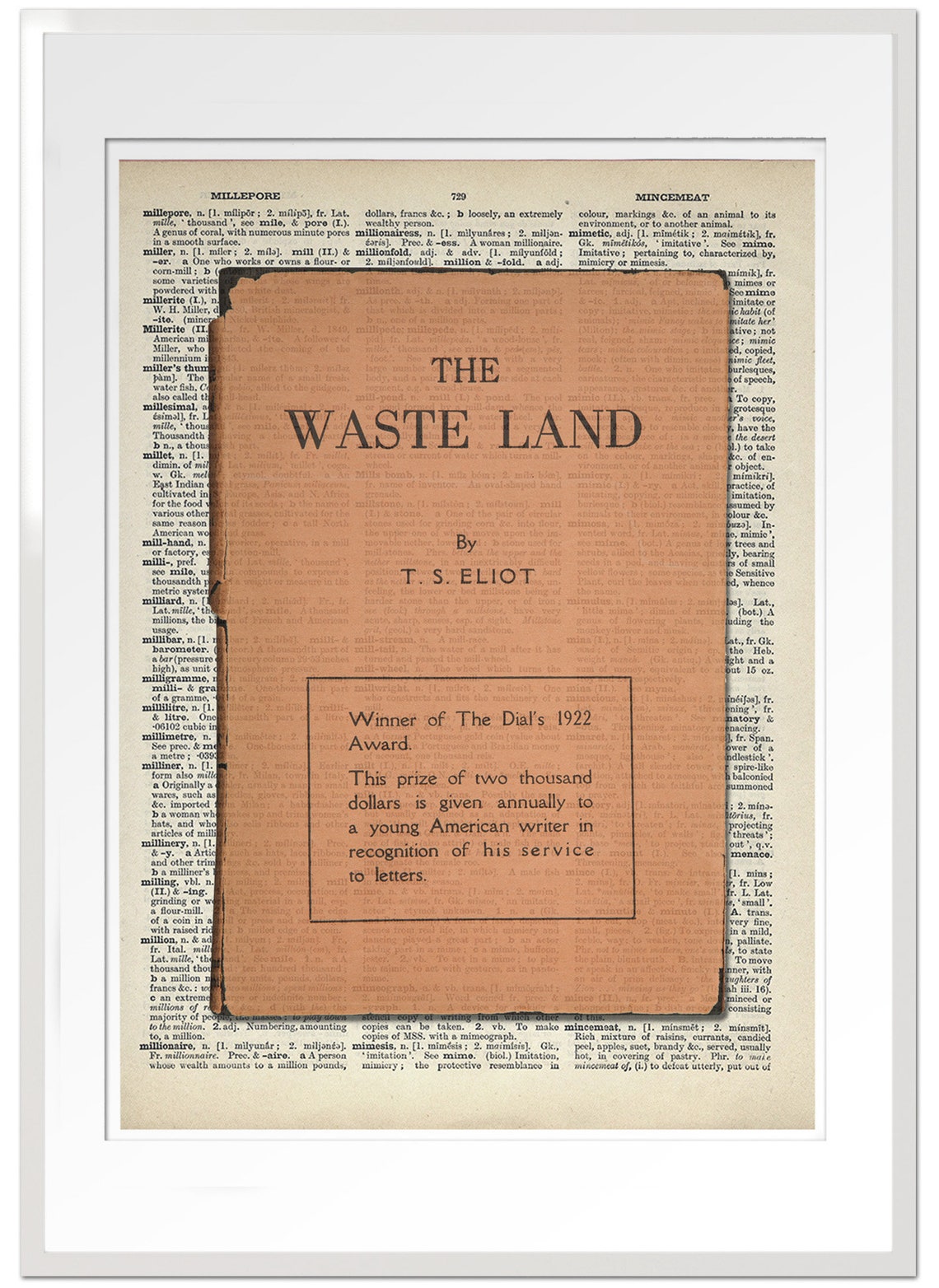

When Eliot was seven, the third most deadly tornado in US history hit St Louis, killing at least 255 people his mother trooped her family outside the next morning for a photograph, in which she looks full of resilience. She was a protective mother (her son had a hernia from birth and wore a truss all his life), but she was also tough. His mother Charlotte was a formidable social worker and social justice reformer, who had given up her dreams of becoming a poet after finishing her studies. He was the youngest of seven children with four older sisters (a fifth, Theodora, died at 16 months, two years before he was born). He wrote passionate, intimate letters to several of these women, some of which reveal fascinating new insights about The Waste Land itself.ī orn in 1888 in St Louis, Missouri, Eliot grew up surrounded by women. For my programme, I interviewed female critics and biographers and younger academics exploring Eliot’s important relationships with women. They include director Susanna White and producer Rosie Alison, whose brilliant BBC Two documentary TS Eliot: Into The Waste Land (now on iPlayer), a thorough examination of the personal roots of the poem, is packed with women such as the actor Fiona Shaw, who remembers performing the text 70 times in 35 days, poet Hannah Sullivan and fashion model Flesh.

While making it, I was struck by how many women are revealing new perspectives on Eliot today. The urgency their voices retained in my life, and my hunch that they seemed to be sidelined in critical studies, led me to explore them more deeply for a Radio 4 documentary, Hold on Tight: The Women of The Waste Land, to be broadcast later this week. They were a motley crew I had never expected to encounter in poetry, including a dreamy “hyacinth girl”, an anxious, manic woman whose “nerves were bad tonight”, gossipy, working-class women in pubs and a silent typist pacing around her flat, alone, after an assault. There are lots of women in this mix and they first sang to me at 17 with powerful appeal. Their lives were stirred together with references to mythology. In the poem, various narrators and characters take the reader through shifting landscapes and scenes: deserts, endless plains, rivers of oil and tar, ornate rooms, noisy pubs, the bridges and streets of an unreal city. Photograph: Princetown University Library An envelope addressed to Emily Hale, written by TS Eliot.


 0 kommentar(er)
0 kommentar(er)
